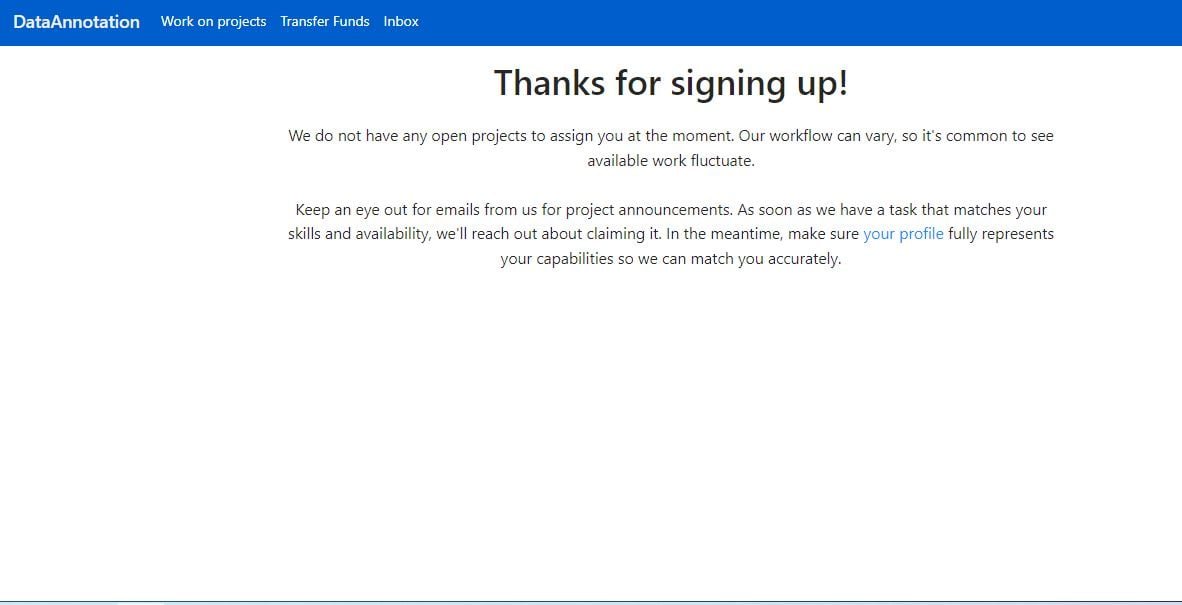Table of Contents
Shipping costs can make or break an e-commerce business. High shipping fees can discourage customers from completing purchases, while offering free or discounted shipping can eat into profit margins. To stay competitive, businesses must find ways to reduce shipping expenses without sacrificing speed and reliability. From negotiating better rates with carriers to optimizing packaging and fulfillment strategies, there are several ways to cut costs.
A well-planned shipping strategy not only saves money but also improves customer satisfaction by ensuring timely deliveries. Understanding the key factors that influence shipping expenses is essential for long-term e-commerce success.
Negotiate Better Rates with Shipping Carriers
One of the most effective ways to lower shipping costs is by negotiating rates with carriers. Many major shipping providers offer volume-based discounts, meaning the more you ship, the lower your per-package cost. Even small businesses can benefit by partnering with third-party logistics (3PL) providers that consolidate shipments for better pricing. Another strategy is to compare different carriers and use hybrid shipping methods, which combine multiple carriers for cost efficiency. Keeping an eye on seasonal rate changes and negotiating new deals based on shipping volume can help businesses reduce expenses significantly.
Optimize Packaging to Lower Costs
Packaging plays a significant role in shipping expenses. Using oversized boxes for small products increases dimensional weight charges, which can result in unnecessary costs. To avoid this, businesses should use packaging that fits the product as closely as possible while still providing protection. Lightweight materials, such as poly mailers and air pillows, can reduce weight-related shipping fees. Some carriers also offer discounted or free packaging for business accounts, helping further cut costs. By refining their packaging strategies, businesses can lower both material costs and shipping fees while ensuring products arrive safely to customers.

Leverage Technology for Smarter Shipping Management
Technology can streamline shipping processes and reduce costs by automating tasks such as rate comparisons, label printing, and tracking. Many e-commerce platforms integrate directly with shipping software that connects businesses with multiple carriers. Well-documented API documentation ensures these integrations work smoothly, allowing businesses to automatically calculate the cheapest shipping rates, print labels, and provide real-time tracking updates to customers. With accurate shipping cost estimations and seamless automation, businesses can avoid unexpected expenses and improve efficiency. By leveraging these tools, companies can optimize their shipping strategies and keep costs manageable.
Offer Free Shipping Strategically
While free shipping is a powerful marketing tool, using it recklessly can eat away at profit margins. Businesses need to be strategic in how they implement it to maximize sales while keeping shipping costs under control. One common approach is setting a minimum purchase requirement, such as offering free shipping only on orders over $50. This not only absorbs the shipping cost but also increases the average order value. Another method is incorporating shipping costs into product pricing, though this must be done carefully to remain competitive.
Some businesses selectively offer free shipping on high-margin products while charging standard rates for low-margin items. Beyond pricing strategies, fulfillment location plays a crucial role in cost management. Partnering with warehouses in key regions can help businesses reduce shipping distances, ensuring orders reach customers faster and at a lower cost. For example, a business that ships from multiple distribution centers instead of a single warehouse can take advantage of zone-based shipping rates, significantly reducing expenses.
Additionally, businesses can experiment with flat-rate shipping, where customers pay a predictable, low-cost fee while the company absorbs a portion of the actual shipping cost.
Also. read The Revolutionary Material: Graphene






























